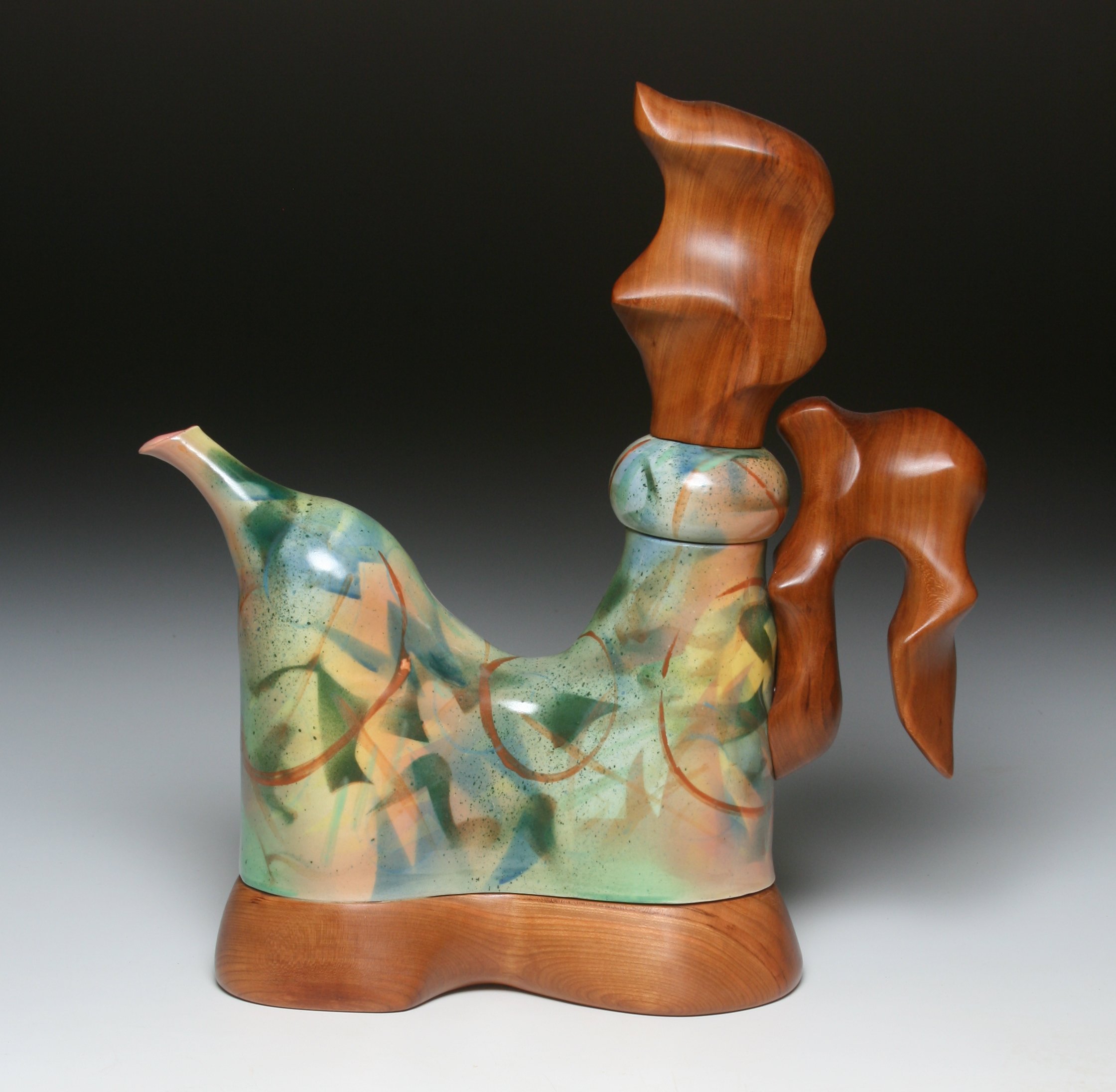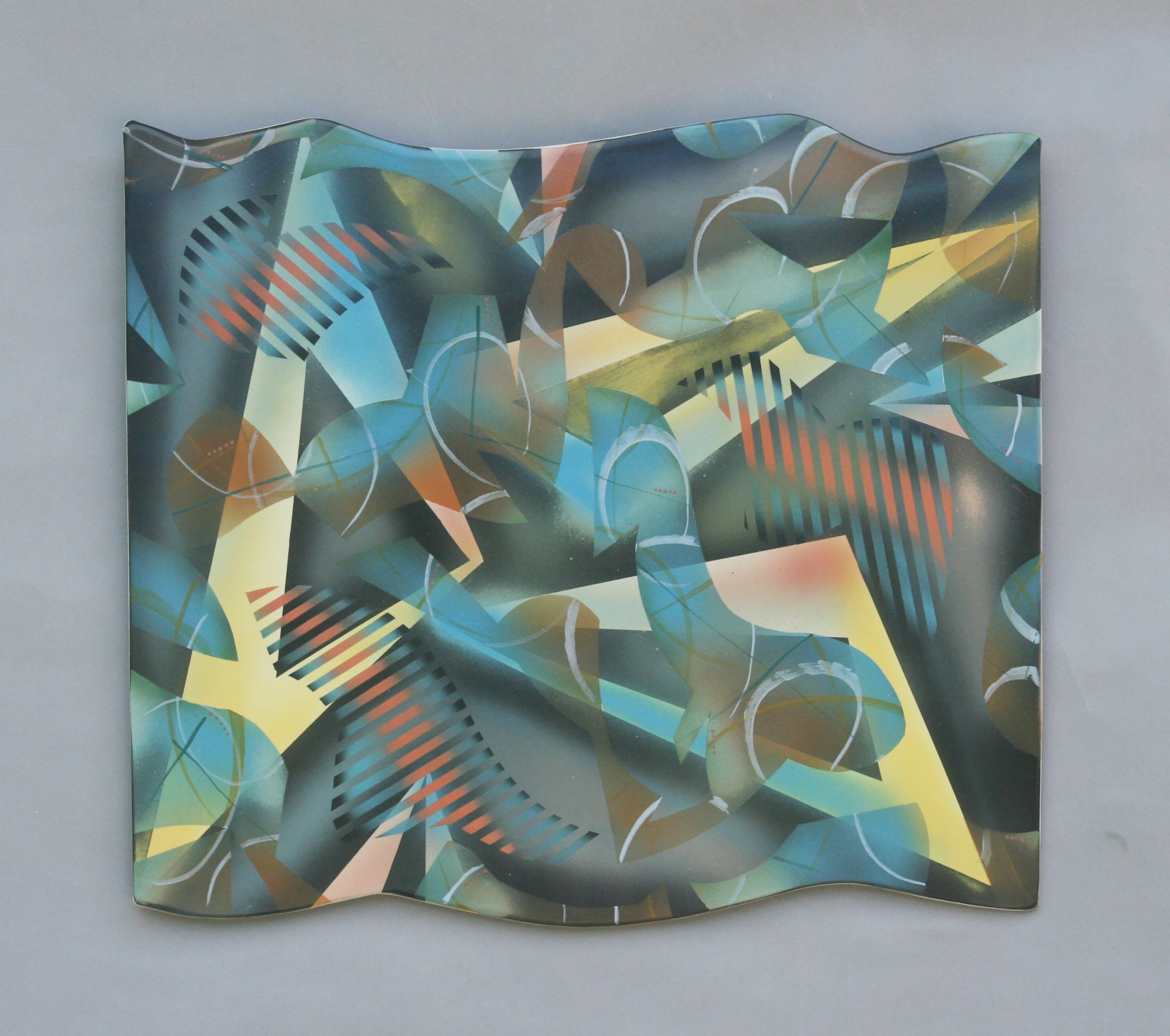Tom Hubert
I was born in Erie, Pennsylvania. I received my BA in Art Education from Mercyhurst University and my MFA in Ceramics and Ceramic Sculpture with a Minor in Photography from the School for American Crafts at Rochester Institute of Technology.
After graduate school I returned to the Erie area and moved outside of the city to Fairview, Pa. where I also have my studio. I retired in 2020 as Professor of Art after having taught art at Mercyhurst University for 40 years. I was named Professor Emeritus in 2022. I was the Director of the Art Department from 1992 to 2001 and Chair of the Art Department from 2003 to 2008, 2013-14 and 2018-19. My resume includes over 20 awards in national and regional exhibitions including a Pennsylvania Council of Arts Grant and a National Endowment for the Arts/Mid-Atlantic Art Foundation Regional Fellowship. From 1980 through the early 90’s I marketed my work at wholesale shows to galleries across the United States who represented my work. I currently show my work in juried and invitational exhibitions and in regional galleries. I have had fourteen one-person shows in the last twenty years.
My current work utilizes three different clay bodies, whiteware, white stoneware, and porcelain. Whiteware clay allows for multiple firings of layers of underglaze decorative techniques. While stoneware provides the ability to work large while retaining an off white ceramic and porcelain is fine grained and glassy white allowing for unique decorative techniques including carving and layering underglazes and pigmented slips.
Many of the pieces in this exhibition include added wood elements as handles, feet and even spouts. The pieces are designed with predrilled holes to accept the hardware that unites the wood and ceramic forms post firing. The wood parts are very time intensive beginning as thicK hardwood chunks. They are then band sawed, carved and sanded to 400 grit sandpaper. Finish is usually tongue oil or lacquer or Osmo wax/oil and sometimes involve oil stains. The wood provides an organic contrast to the glassy ceramic.
I also make large-scale wall pieces that allow me to work more as a painter on a relatively flat ceramic canvas. Even though the method of multiple fired underglaze decoration is common with my whiteware vessel forms, with the wall pieces I often stand and use full arm motion in order to apply brush strokes and spray methods.








Tom Hubert
porcelain, hardwood
16” x 12” x 6"